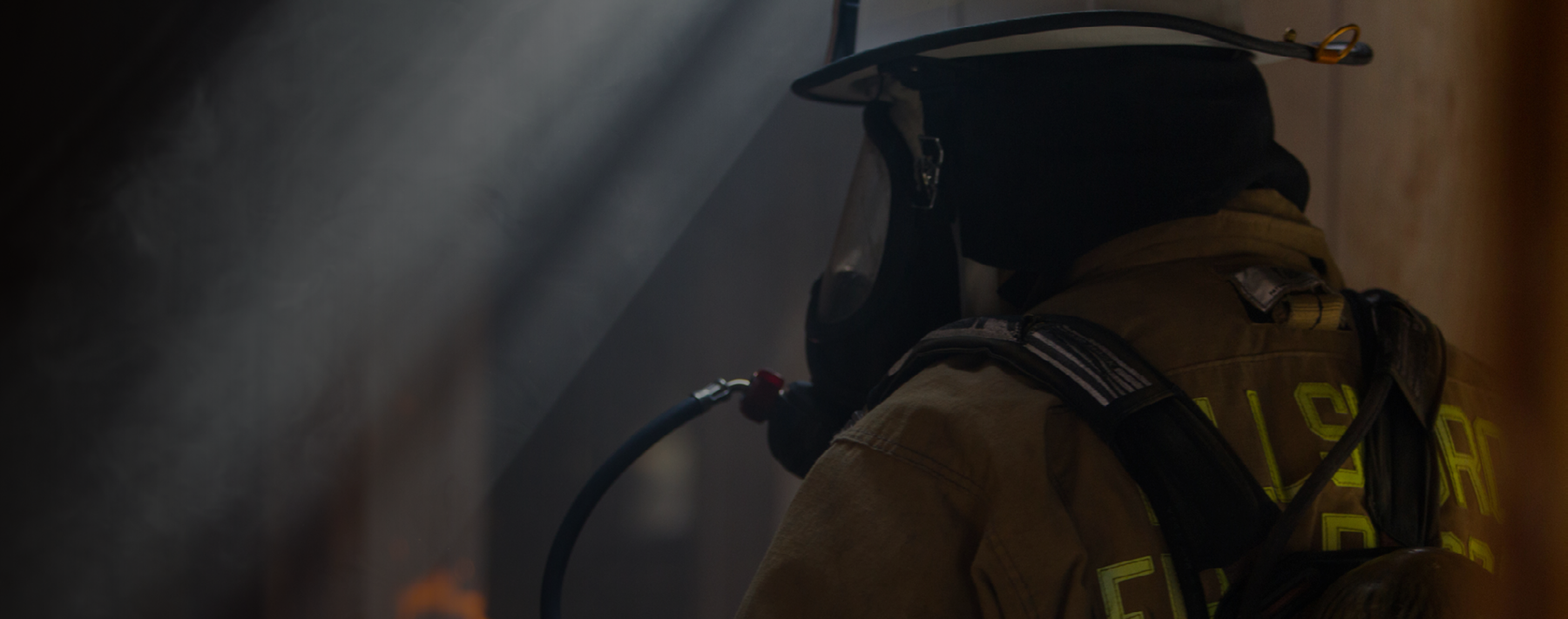The value we place on something determines how we treat it. For instance, you probably wouldn’t give much thought to caring for an old, banged-up, no longer compliant helmet. But if that helmet was given to you by the widow of your friend who died in the line of duty, you would likely cherish it forever.
Too often, departments regard their policies like an old, banged-up helmet—but without the sentimental value. We don’t give much thought to the three-ring binder that houses our policies; it probably hasn’t been opened for quite some time. When we do look at or think about policy, it’s usually because we have to—we’re testing for a promotion, or something went wrong and someone’s getting written up.
But what if you knew that inside that binder was the potential to save your department thousands or even hundreds of thousands of dollars? What if it saved your career, your department’s reputation—and even quite possibly a life?
Once we realize the worth of fire department policies, we no longer read and adhere to them merely out of obligation.
In fact, policies do have enormous value for your department. That’s why Gordon Graham names them as one of the “5 Pillars” of successful organizations. Well-written, up-to-date fire department policies:
- Help all members operate consistently by laying out clear direction and guidelines
- Keep members safe—and employed!—by outlining prohibited and permitted behaviors
- Enhance operational excellence by incorporating best practices so that we don’t have to keep repeating the same mistakes or reinventing the wheel
- Provide important defense for legal and personnel complaints, which in turn can save money by shielding you from lawsuits
So, how can you start to prioritize policy so that you and your fellow department members see it for the value it really holds? Following are a few suggestions:
- Review policy daily. I’m not talking about wading through a mass of paper every day. Just take a small chunk of a policy, something you can wrap your head around. Maybe start a conversation about it at the kitchen table. Does everyone agree on what the policy means? Does it reflect your actual practice? What would happen if you didn’t follow this policy? Such discussions are also a great opportunity to identify whether your policies need to be updated to align with current laws, regulations and best practices.
- Incorporate policy into training. This is a more formal version of the kitchen table discussion. Most fire departments train each shift, but when was the last time you connected that training drill with a corresponding policy? Again, aim small—you don’t want to make the troops glassy eyed. Take a few minutes to review one related policy aspect before you start a hands-on evolution. Over time, this will help everyone better understand and comply with department policy.
- Research policy. Do you know where your department’s policies come from? What parts are required by law, and what parts wound up there as a result of a particular individual? Doing some research on your policies—tracking down legal requirements, going back through older versions if you have them, comparing them to other departments’ policies—can create an understanding of how and why the policy got to where it is today.
Once we realize the worth of fire department policies, we no longer read and adhere to them merely out of obligation. Instead, we realize their true value to help create the fire department we strive for in our mission and vision. Like the old helmet, their value is not monetary, but in what they mean to us as individual firefighters and to the department as a whole.
A policy manual may look like just another training manual or reference book. But it has a much greater intrinsic value: the ability to protect, guide and encourage us, creating a better, safer, more consistent organization.



